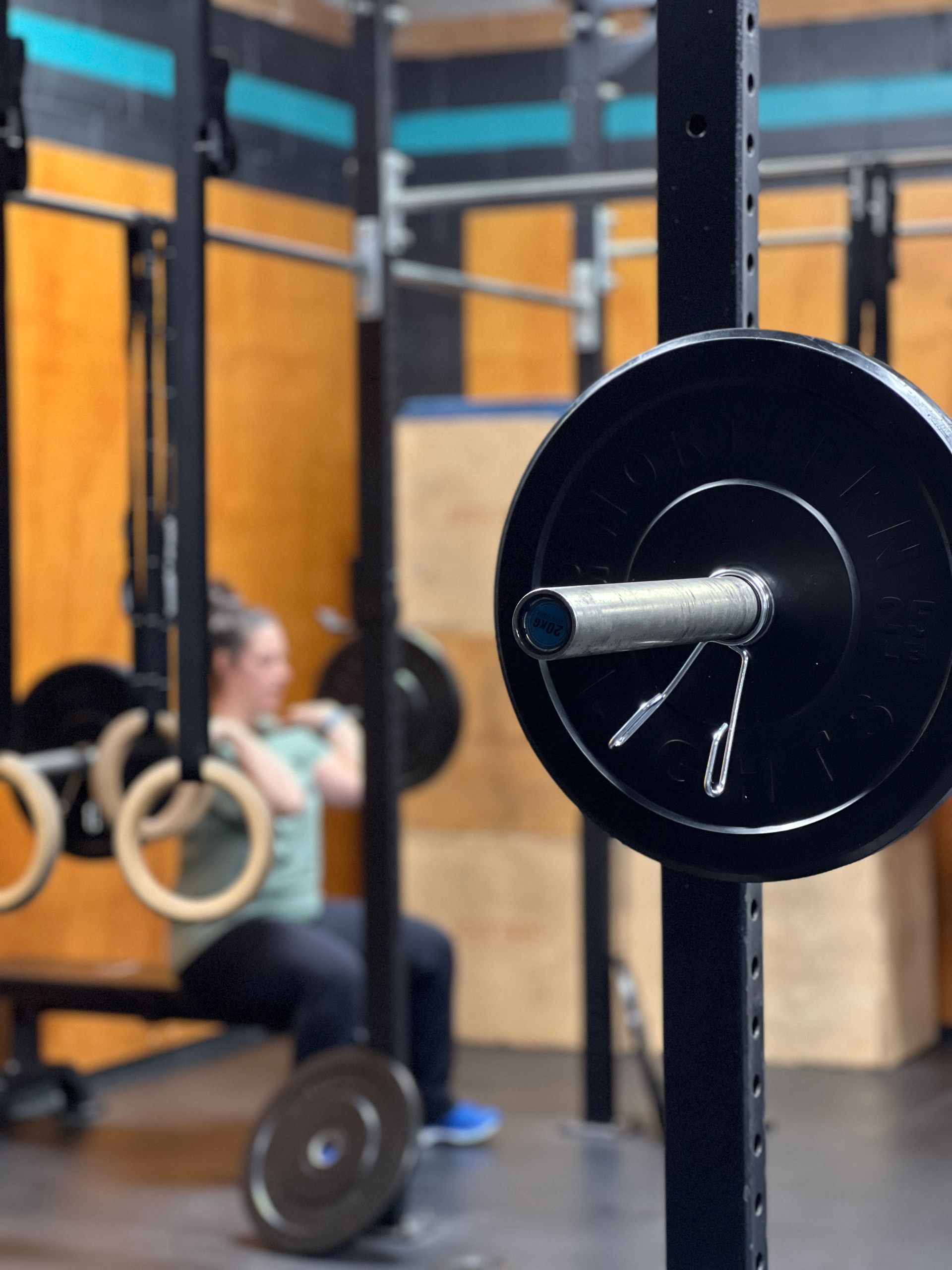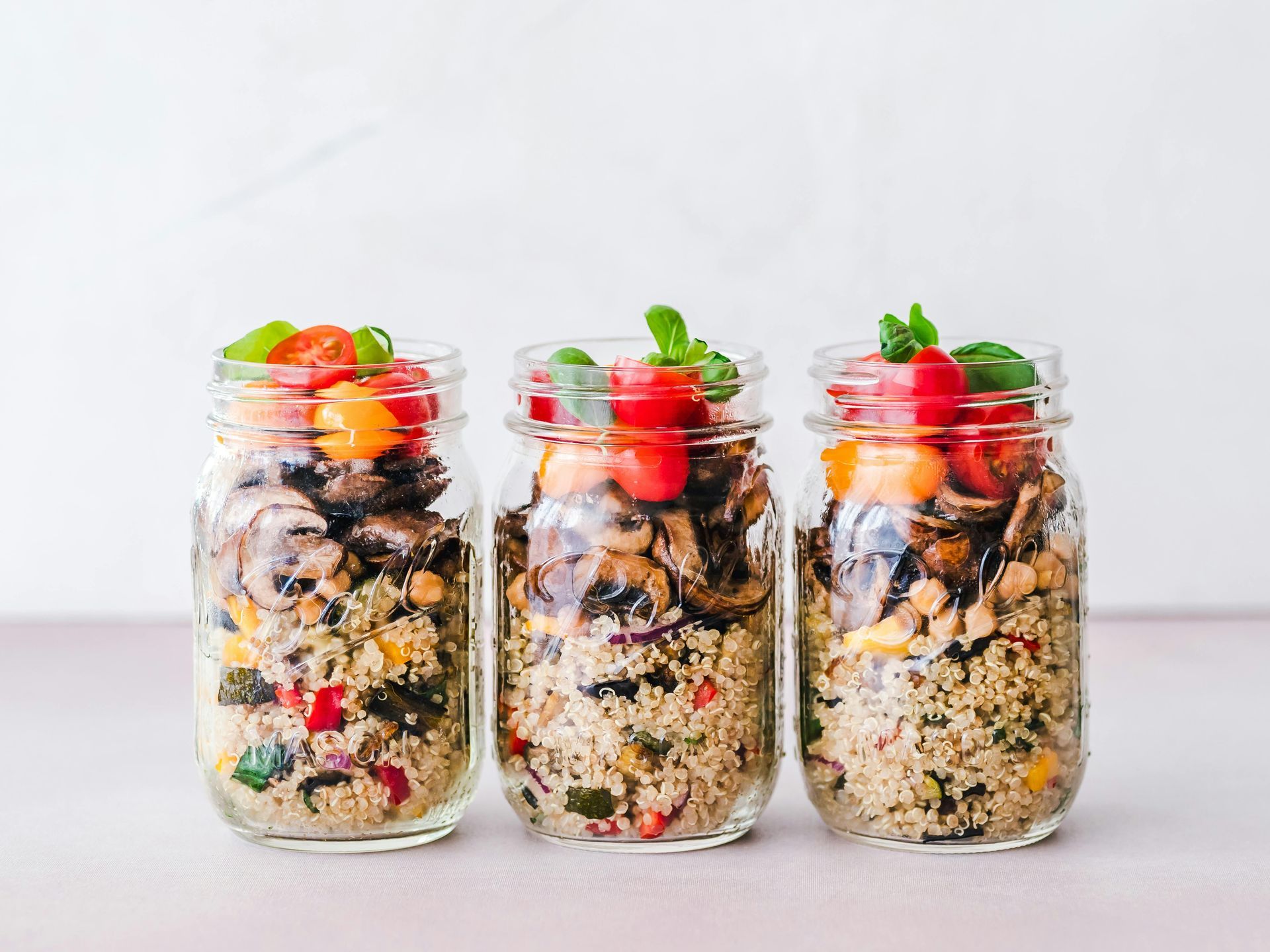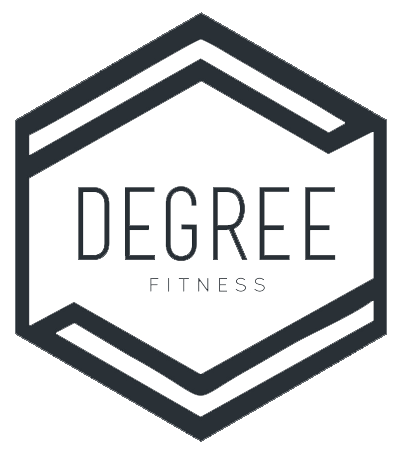Lose fat and build muscle in 3 months; the right way.
August 10, 2020
There is a similar habit with people who see changes in body composition:
It usually takes about 3 months of solid effort. This effort includes:
Consistent, structured exercise (3-5X/Week)
Consistent, non-structured exercise (ie. walking, hiking, gardening)
Eating a balanced diet of whole foods, minimal alcohol and enjoying a treat here and there without over doing it
What does this look like after 3 months? Decreases in body fat, and increases in muscle mass.
Notice what I didn't include there?
Weight.
Your body weight will be relative to everything else: What you're wearing, what you ate, drank, if you exercised before or not, the weight of your bones, your blood and organs. Keeping a closer eye on body fat and overall muscle percentage is more important.
Here is the formula for you to see changes
1) Exercise a minimum of 3X/Week.
This should include some sort of strength/resistance training, as well as cardio based elements. All of our classes and training appointments at Degree ensure to include both.
2) Eat nutritious foods, include colour and lots of green. Ensure to hit your protein and drink lots of water!
We know that you know that, but why is it so hard? We need to eat to live, survive and thrive. It's easy to fall into convenience of highly processed foods full of unnecessary sugars and other fillers.
We encourage our members and clients to book a Nutrition Consultation with our Nutrition Coach, Mairead, so she can give you the appropriate information for your body, needs and wants.
3) Get some sleep!
We can't forget rest and recovery. This is when your body repairs muscle tissues, your stress levels drop and you re-boot for the next day.
Not getting enough sleep can lead to not seeing the changes you want, irritability and huge cravings during the day because your body is begging for some energy!
4) Trust the process and stick it out!
Had one bad workout? Ate the whole birthday cake? Don't let that de-rail you.
We all have amazing days where everything is on point, and we all have not so good days where it all seems to be falling apart. Give yourself time, and aim to have a just a few more good days. Then, eventually it will become a habit.
Ready to get started?
We have very limited spaces in our Group Classes, and have a limited amount of Personal Training spaces. Our clients and members know that if you put in the work, and are consistent, you'll get into the best shape of your life - happy and healthy!
Visit www.degreefitnessseaforth.com/get-started
or email info@degreefitnessseaforth.com
to book your free intro meeting to meet one of our Coaches and learn about how we can help you!

Written By: Coach Kelly Have you heard... "You’re too old, you’re too tired, you’re too X Y Z" to workout? WRONG! Did you know that the more you move, the less likely you are to experience injuries? The less likely you are to trip, slip or fall. If these things happen, you are less likely to be severely injured. We’ve worked with many different people over the almost 10 years that Degree has been around; hip replacements, knee replacements, strokes, members that experienced an injury outside of the gym but still came to class, etc. We often put ourselves in a box that “I can’t because…”. But, is that true? What if you just tried? Moving keeps us healthy and independent; movement also promotes recovery when done appropriately. So, how do you stick to a fitness routine? Why does it matter? And believe me, it really, really does matter. Keep it simple. I saw the most changes in my fitness/health when I ate well and exercised regularly. I didn't starve myself, I didn’t do any low fat things, I didn’t have to take any extra supplements. I just ate well, trusted the process and moved my body. Now, keep in mind things are different for me than they were 3 years ago; I have a 14 month old and a 3 year old at home. Am I tired? Yep! Do I always get a full nights sleep? Nope, never. Do I have more stress now than then? 100%. However, my why stays true. I want to grow old with power and strength. I want to keep up with my boys and beat them in races as long as I can. I don’t want to be at the Doctors office all the time (even though our local Docs are amazing!). I don’t want to be at the mercy of someone else for my own health. You have the amazing opportunity to keep moving. You have friends, family, jobs, groups and an entire world that wants you to feel good. To feel happy, healthy, strong, and not question if you can go for the bike ride, or be scared to take the stairs. The next best thing you can do if you’re stuck? Ask for help. When our cars break down we take them to the mechanic. When we need a teeth cleaning we go to the Dentist. When we have a tax question we go to the accountant. The world is saturated with health and fitness fads - most of which isn't always the best. Ask for help - Talk to a Coach that can help you leaf through what Google is telling you to find out what will actually work for you, and help you create a habit that works. Ready to get started? Email info@degreefitnessseaforth.com or call/text 519-441-7492!

Written By: Coach Kelly Coach Kelly here - I’m here to talk today about what fitness really is, and what really matters. It’s not how much you weigh; It’s not your clothing size; It’s not have a 400lb deadlift; It’s not having 6 pack abs… Before we dive into it, I want to share my personal experience with fitness and how I’ve made it a non-negotiable. Something I’ve carried with me through highschool, college, working long hours as a home-care PSW, joining a gym (Degree!), managing the gym and then running it. In all those years this included job changes, moving, having two babies close in age, and all the ups and downs that life throws at us in between. I got into fitness because my sweet Mother was doing Pilates videos (the VHS kind) at home. It looked fun, I liked hanging out with my Mom so I gave it a try. That was the catalyst. I felt empowered; I felt strong. I was never athletic in high school, I didn’t play sports until grade 11 when a friend of mine introduced me to cheerleading. That became a big part of my life. Through this as well, I tried allll of the things to lose weight, get smaller, find my 6 pack… you name it. I tried the low fat everything fad; I tried the ice cold water with lemon first thing in the morning; I tried the Raspberry Ketones; I tried not eating after 8pm; I tried cheat days etc... And guess what? Nothing changes. Literally nothing. I was spending money on things that didn’t work; I was letting the magazine covers and the celebrities tell me that to be fit I needed to be smaller, I needed to weigh less. Before we get into what actually worked, let’s talk about what doesn’t and get Myth busting Myth 1 Your weight is the most important factor in your overall health and fitness. WRONG! Your bodyweight is simply everything that you are; your bones, muscles, organs, blood, hair, eyeballs, if you’ve gone to the bathroom or not, the food you’ve eaten, the water you’ve drank. You’ve probably heard of BMI (Body Mass Index). This is troublesome as it only measures your height compared to your weight. The shorter you are and the more you weigh, the higher your BMI, thus, we are labeled overweight when we really might not be. The taller you are, and the lower your weight, your BMI is lower, thus, we are labeled as healthy, when we really might not be. The markers that we want to look at (unless there is a medical reason to look otherwise) are things like muscle mass, body fat percentage and other non-scale markers like how stressed you feel (or not), how are you sleeping at night, are you happy? Our genetics play a massive role in our body type; understanding this can also help us work with our body instead of against it. There is a point at which your body will be at a weight it is likely to stick around unless drastic changes are made. For most of us the changes needed are simply unrealistic and. There are many important factors to your overall health & fitness, but bodyweight usually is not the one we need to focus on. Book your Intro Meeting by CLICKING HERE , or reply directly to this email if you're feeling overwhelmed, stuck or frustrated in your fitness journey. We can help!

Written By: Mairead, Registered Dietitian For many of us, fall brings a return to routine and a change in schedule. Maybe you have kids heading back to school, or maybe you have a more consistent work schedule after a summer of fun plans. Or maybe that old back-to-school energy just has you wanting to set some goals. Whatever it is, fall is the perfect time to get back on track with your fitness and nutrition goals! Check out these 5 ways you can work on getting back on track this fall! 1. Make sure you're drinking your water! Drinking enough water is a small step in the right direction. If you've had a busy summer, maybe hydration hasn't been top of mind! For most normal healthy people, aiming for 2-3L of water a day is a reasonable goal. If you're well below that, try aiming for just one extra glass a day and increasing slowly from there. Bonus: one small healthy change often leads to others. Drinking your water could get the ball rolling! 2. Do some meal planning! Meal planning doesn't have to be rigid or complicated. If you're constantly standing in front of the fridge at 6pm wondering what to eat, meal planning can fix that. If you're constantly stuck throwing out random ingredients you didn't know how to finish, meal plannign can fix that. If you bring home groceries but then don't know what to do with it, meal planning can fix that. If you're eating more take out than you'd like because you didn't have a plan, meal planning can fix that. Even thinking a day or two ahead can help you cut the stress at meal time! 3. Get realistic about what you can manage! Before you start overhauling everything, take a second to look at what this season really looks like for you, and what kind of health and fitness goals could be achievable. Maybe a return to routine means you can workout every day of the week now - fantastic! Maybe a change in routine means you need to explore different times to get to the gym and other ways of moving your body - also fantastic! Maybe you're home more this fall and will be cooking more - amazing! Maybe you're going to be busier and need to expore quick and healthy meal ideas - also amazing! Figuring out how to match your goals to your real life right now is key to actually making changes that stick. 4. Shop your kitchen! If your summer was busy, it's time to take stock of what's in your kitchen. Check your fridge, freezer, and pantry cupboards. Is there anything that should be used up that you can plan meals around in the next couple weeks? Are there staple items you count on for easy meals that you need to restock? Could you cut your grocery spending down for a week or two by trying to use what you have so nothing goes to waste? If you have the time for it, this is the perfect time to take stock of what you have and make the most of it! 5. Book a check-in or ask for help! Sometimes we just don't know where to start or what to do. Sometimes we're so busy living our lives that it's hard to see possible solutions to our health and fitness struggles. That's when it's time to ask for help. This might mean asking a friend for meal planning ideas or to set a regular time to go for a walk. It also might mean booking a No Sweat Intro at Degree to learn more about programs, checking in with your coach if you're feeling like something needs to change, or meeting with a Registered Dietitian to set some nutrition goals that will work for you in this season. There's nothing wrong with needing a bit of help! Looking for more personalized nutrition advice? Let's chat! Email mairead@degreefitnessseaforth.com for more information about our Nutrition Programs, or click HERE to book your FREE Bite-Sized Nutrition Chat!
